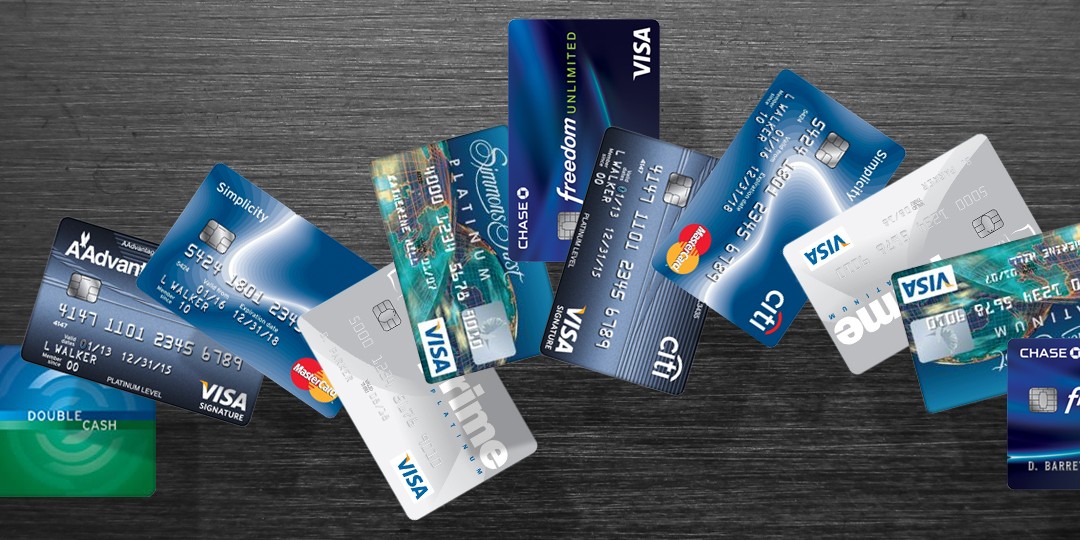What’s The Perfect Number of Credit Cards?
Are you obsessed with trying to crack the code and earn great credit scores? Do you worry that you may have too many or too few credit card accounts holding you back from this goal? If so, I have some information which will hopefully help to better guide you on your credit improvement quest. The “secret formula” for earning killer credit scores has practically nothing to do with the number of credit card accounts you’ve got. In fact, the raw number of credit cards appearing on your credit reports hardly matters at all.
What Actually Does Matter?
The number of credit cards on your credit reports is a the key factor which is pivotal to obtaining great credit scores. Rather, the way in which you manage the credit card accounts and their terms are the keys.
When credit scoring models like VantageScore and FICO calculate your credit scores they place very little emphasis on the number of accounts (credit card or otherwise) on your credit reports. However, a significant portion of your credit score points are controlled by the debt metrics from your credit reports.
When credit scoring models evaluate the debt on your credit reports they pay the most attention to your outstanding credit card debt. Credit card debt represents a higher level of risk than installment loans such as mortgages or auto loans. For this reason, credit card debt factors more heavily into your credit scores than other types of debt.
It is also important to understand that it is not simply the balances on your credit card accounts which are considered when your credit scores are being tallied. Instead, it is how the balances on those credit card accounts (as they are reported to the credit bureaus) relate to your credit card limits. This is known as your revolving utilization ratio and the lower it falls, the better your credit scores.
If your goal is to earn great credit scores (a goal that every adult really should set for themselves) then you need to develop the habit of paying your credit card balances off in full each month. Not only will paying off your credit card balances help you to improve and maintain great credit scores, it can also save you a lot of money in interest.
So What’s the Right Number?
Follow me on this one because this can get complicated. You will want to have enough credit cards so your average monthly balance doesn’t exceed 10% of your aggregate credit limit. So, if you have an average monthly balance of $1,000 and you want to maintain 10% “utilization” then your credit limits have to be $10,000 or higher. If your average monthly balance is $5,000 then your credit limits have to be $50,000 or higher.
The balancing act between your credit limits and your debt can be much easier if you have more than enough credit cards to maintain that 10% figure. So, if that means you need 4 credit cards then 4 cards is your optimal number. If you need 10 cards in order to maintain that figure, then 10 cards is the optimal number for you.

